Paysandisia archon
(Burmeister, 1880)
-
 Subfamily: Castniinae
Subfamily: Castniinae -
 Wingspan: 90-110 mm
Wingspan: 90-110 mm -
 Flight period: Jun - Sep
Flight period: Jun - Sep -
 Spread: Common
Spread: Common -
 Host plants: Arecaceaee
Host plants: Arecaceaee
Information
The Paysandisia archon is a moth of the Castniidae family with a wingspan of 90-110 mm.
The Paysandisia archon It is a species introduced in Europe recently from South America inside the leaf stalks of palm trees such as those of the genus Trithrinax.
In Europe we find it in Spain, France, Holland, Germany **, Russia and Greece. In Italy it is also present in Sicily but not in Sardinia. *
The original range of the species included exclusively South America, and in particular Argentina (locus typicus), *** western Uruguay, **** Paraguay and south-eastern Brazil.
The front wings have a color between gray and olive green on the upper side, quite uniform, although it tends to be darker in the region of the apex,
in the costa and in the sub-terminal region. A darker longitudinal median band can be seen.
The rear wing has, on the upper page, an orange-red background color, on which two wide transverse black bands stand out, which go from the inner margin
almost to the outer one, and are crossed by six white cells.
The antennae are clavate with a hook at the ends. The head and thorax are greyish-brown, the abdomen repeats the color tone of the chest, but slightly darker,
The larva is whitish, stocky and with short legs and pseudo-legs ** and feeds on the stems and trunks of the palms, inside them and often causing their death .
The caterpillar can reach 80–90 mm in length and 15 mm in diameter;
Wintering takes place at the stage of larva which, in the following spring, becomes crystallized, protecting itself in a cocoon made up of vegetable fibers, excrements and silk.
The yellowish brown chrysalis is about 5 cm long, has brown comb-like spines along each abdominal segment.
The cocoon is usually positioned in proximity to the surface of the stem of the apex of the shoot,
in such a way as to favor the liberation of the adult once the metamorphosis is complete. *****
The preferential habitat is represented, in the places of origin, by tropical or sub-tropical palm groves, or in any case green areas with mixed vegetation,
where palm plants are present. In the place of parasite origin exclusively palm trees of wild species, and not crops for production.
In Europe, the species is spreading on the coastal strips, in correspondence with the rows of palm trees of the seaside cities,
there are no natural factors that can limit its expansion so it is considered a serious parasite capable of causing both aesthetic and economic damage. *****
The larvae feed on Arecaceaee such as Trithrinax sp., Chamaerops humilis, Phoenix dactylifera (date palm), Washingtonia robusta (Mexican palm), Chamaerops humilis L. (dwarf palm) and many others.
* Lepidoptera mundi https://lepidoptera.eu/ - Fauna Europea https://fauna-eu.org/
** Bestimmungshilfe für die in Europa nachgewiesenen Schmetterlingsarten - http://lepiforum.de/
*** Burmeister, Karl Hermann Konrad, Description physique de la République Argentine d'après des observations personelles et étrangeres Descr. phys. Rép. Arg. 5, Atlas (2): 41-60, pl. 14-24, 1880.
**** Oberthür, Charles, Études de Lépidoptérologie comparée. Fascicule IX - Fascicule XV.
***** http://agroambiente.info.arsia.toscana.it/
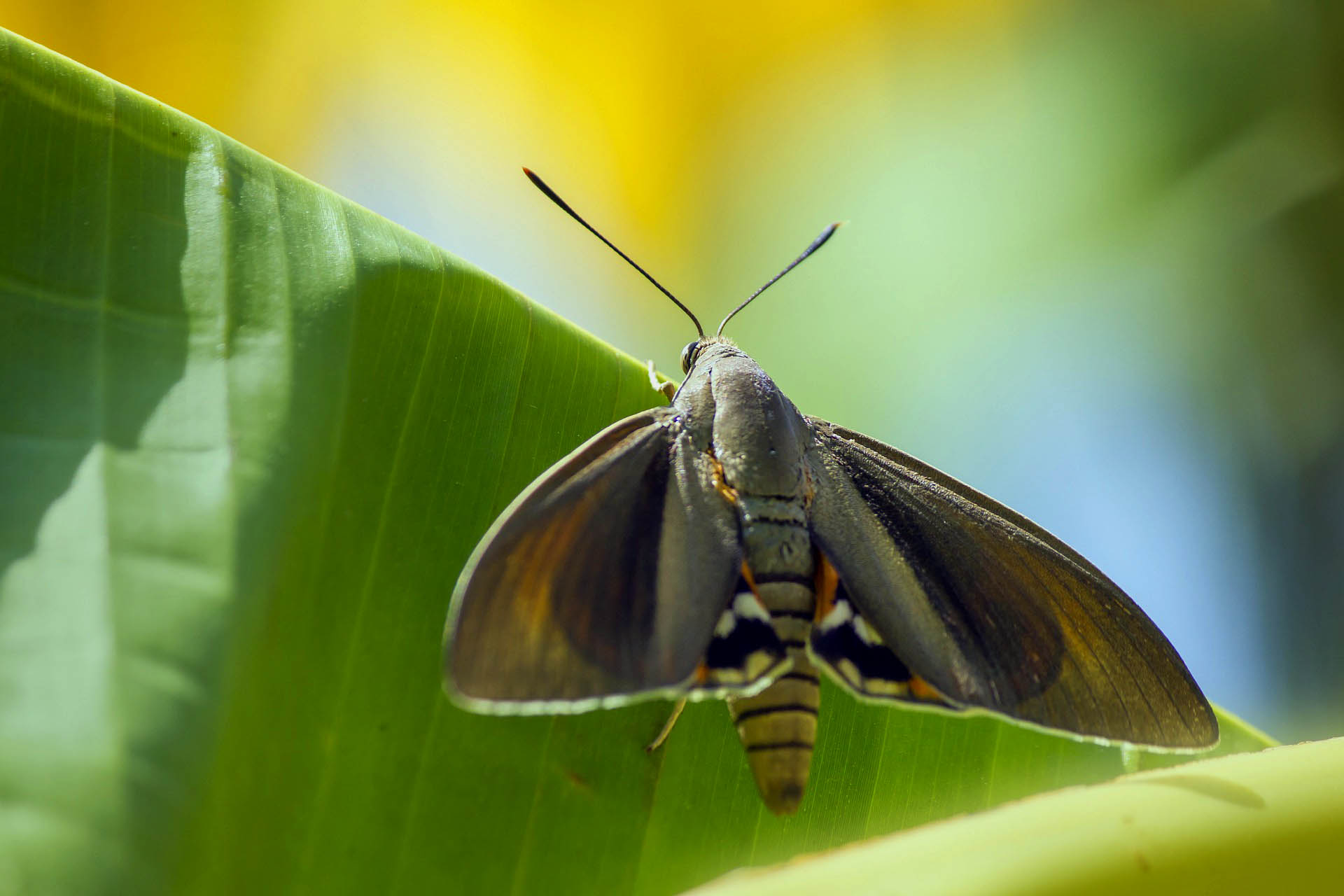
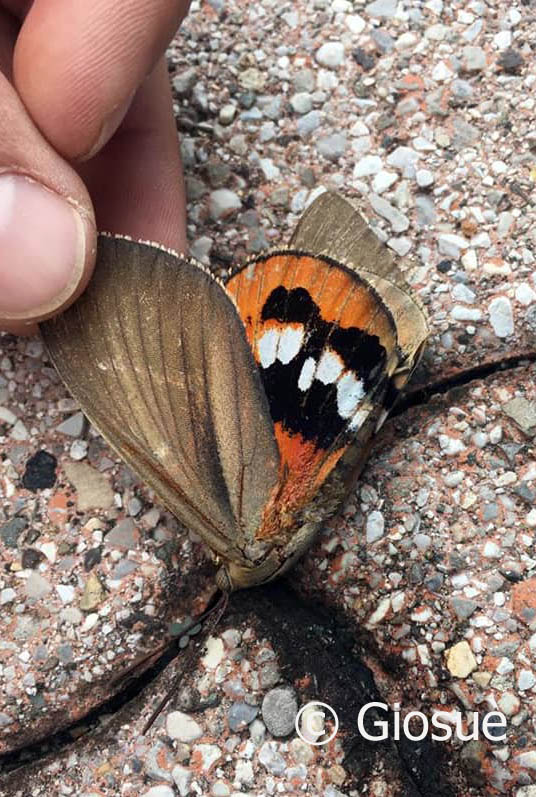
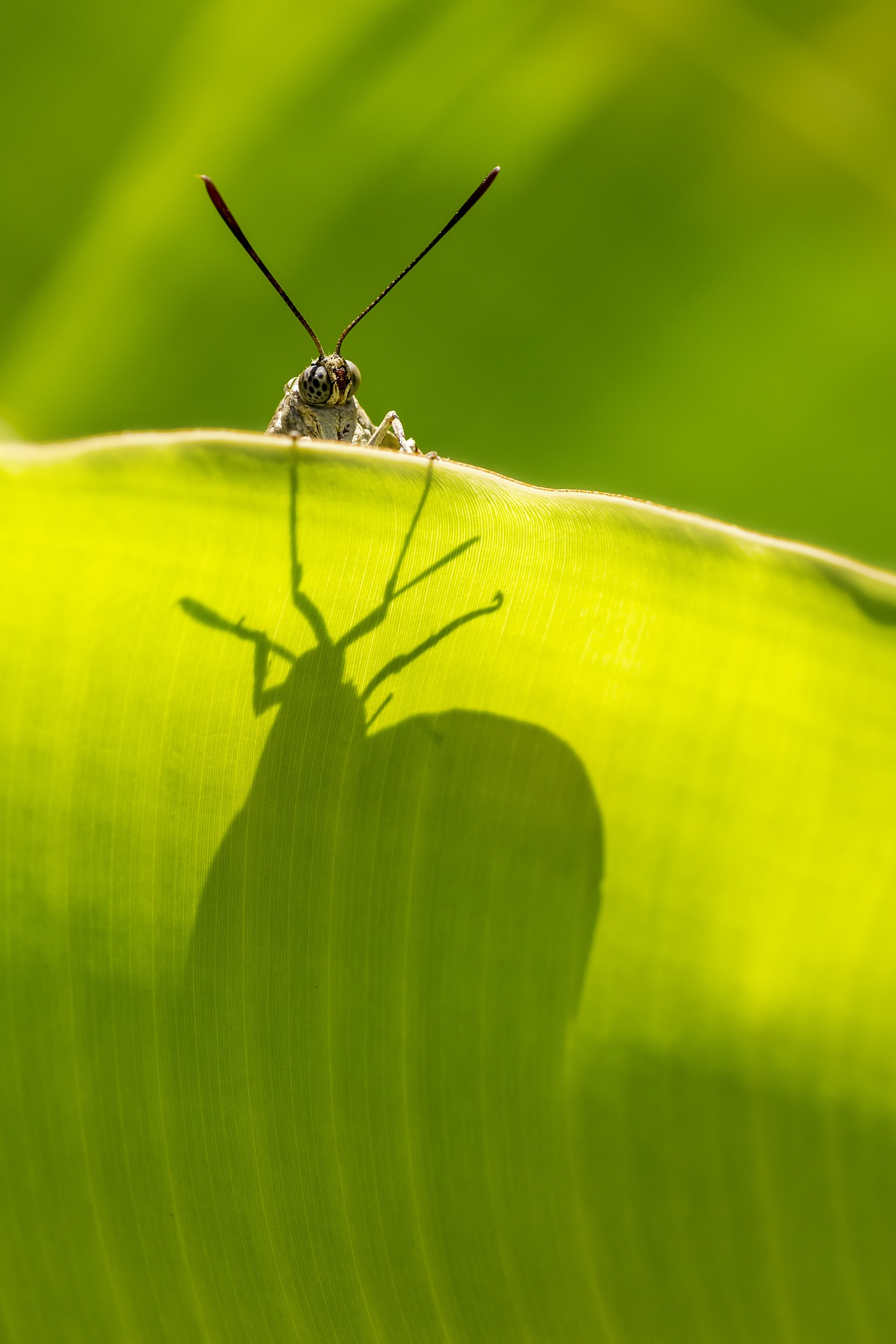
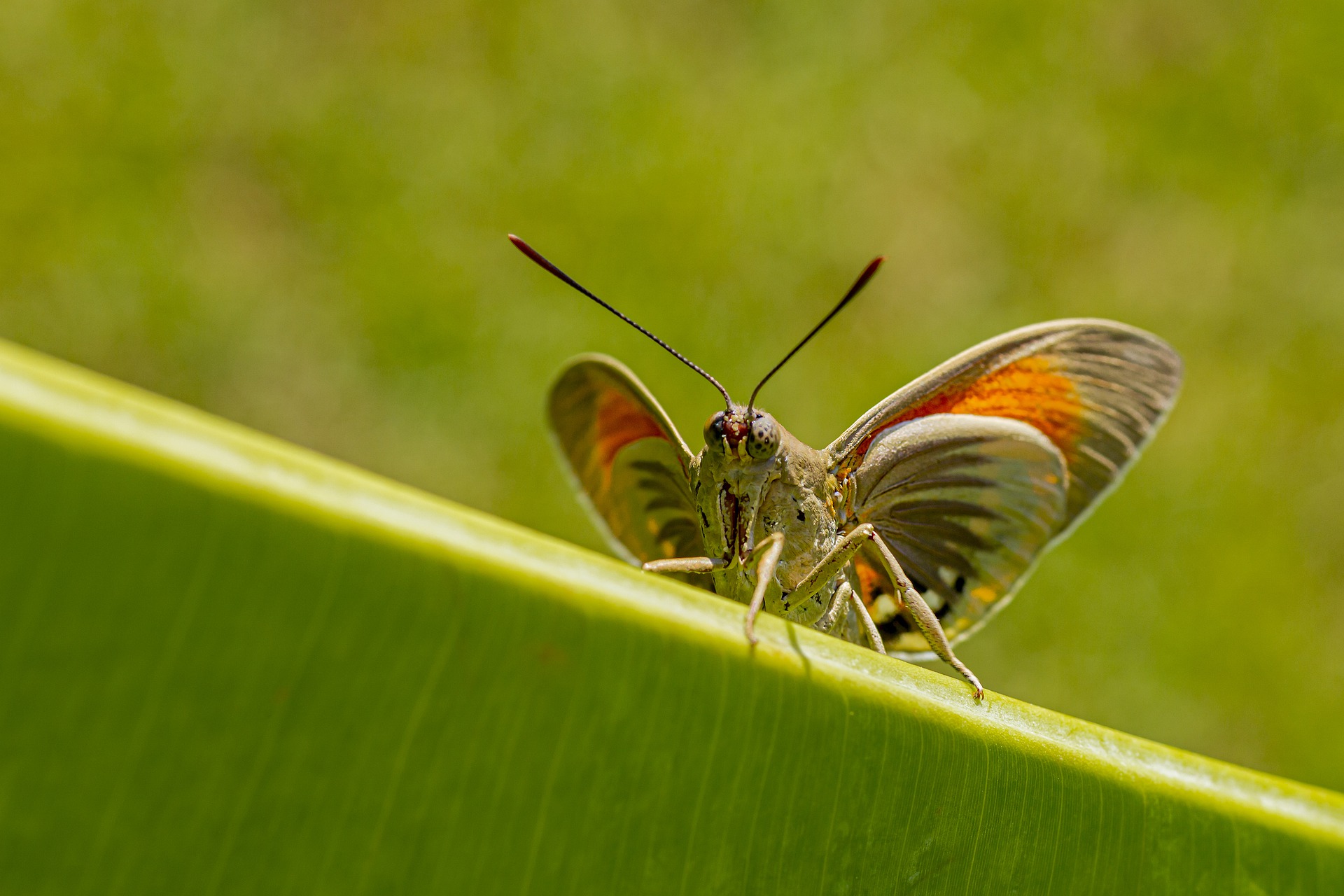
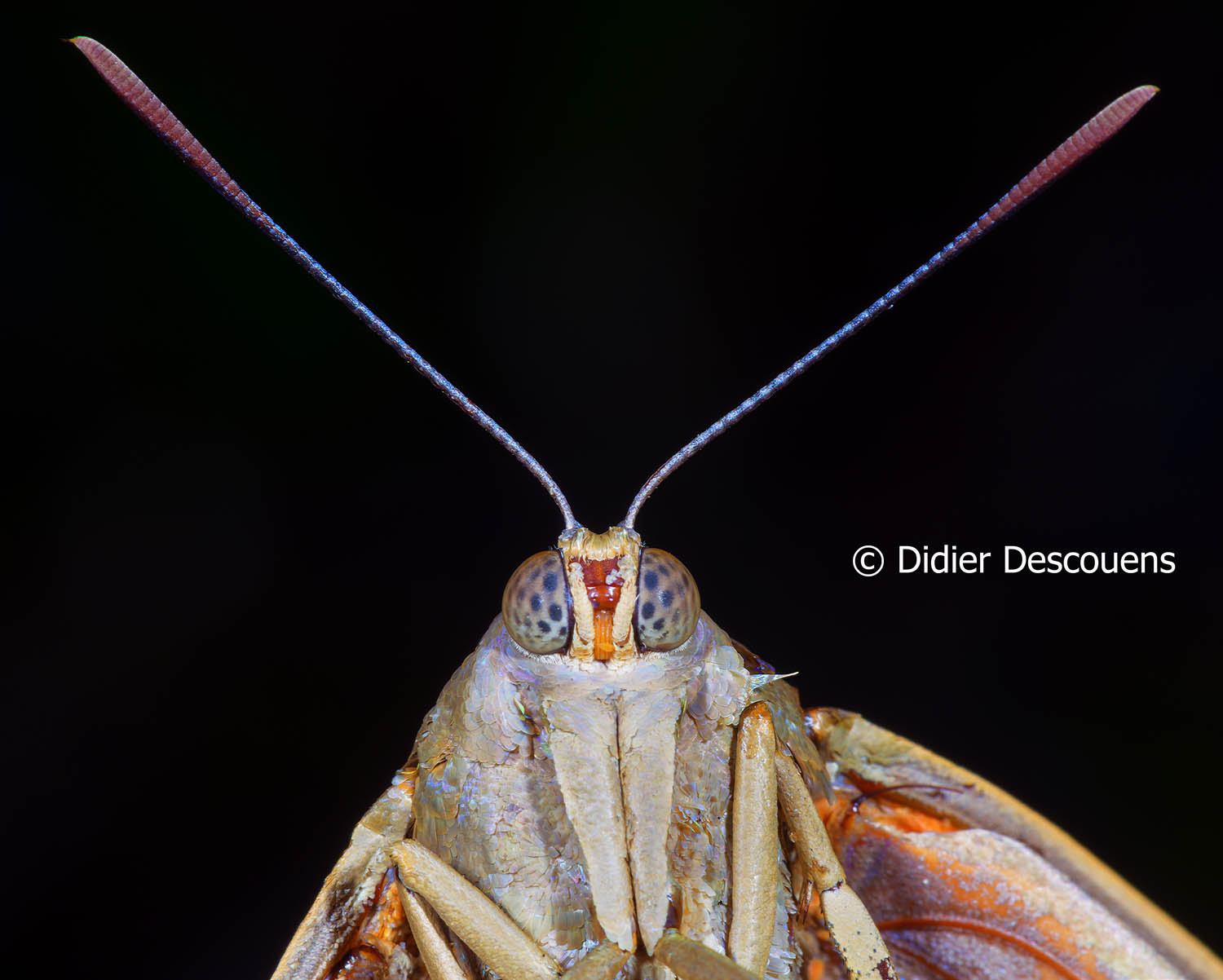
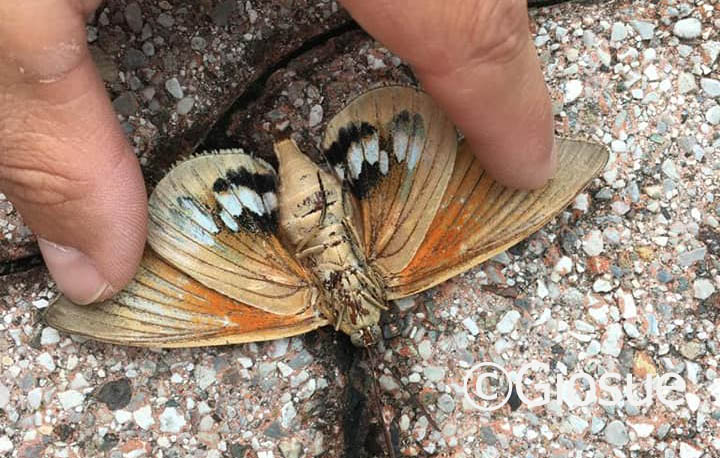
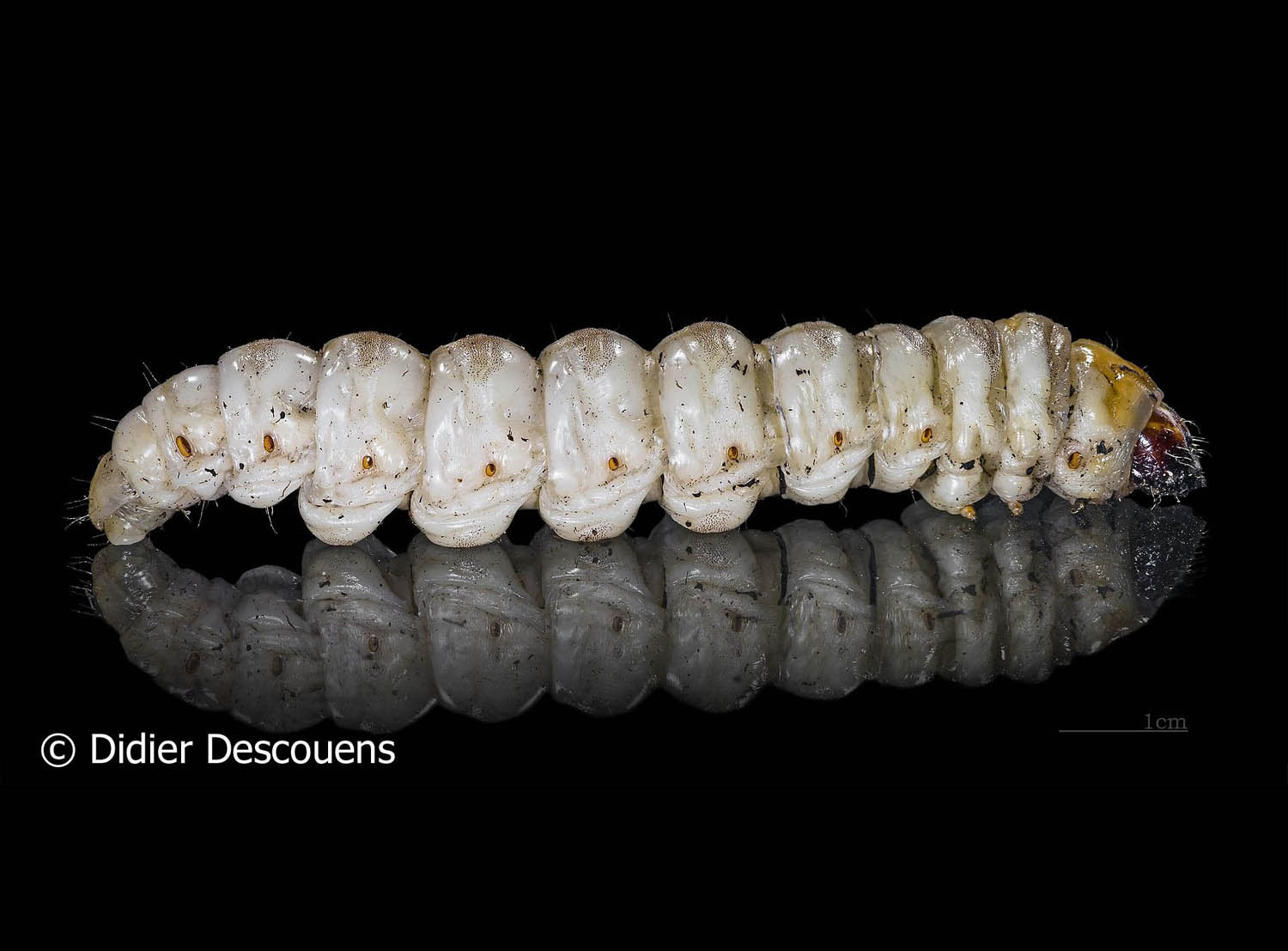

 EN
EN ITA
ITA
Social and publications